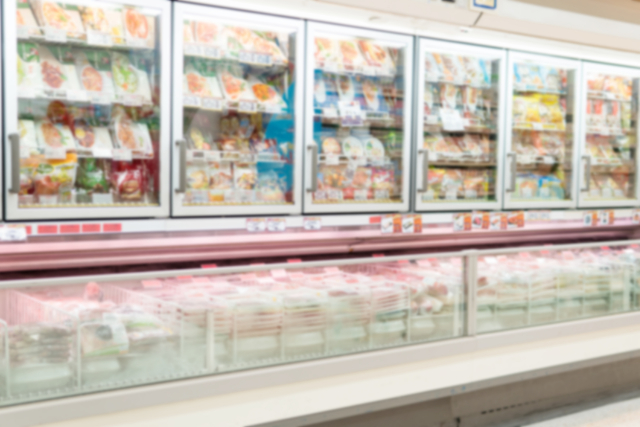
Freezing food is an important part of how society works now. Modern technology has given us the resources to buy something and keep it in our freezers at home for an indefinite time. In the past, we had frozen food through the old-fashioned method of traditional freezing, which slowly cools the food below 32 degrees Fahrenheit. This method has worked for decades, but it isn't perfect as it can cause problems that make food less desirable when it is thawed. Luckily, another freezing method continues to gain popularity because of its benefits; it is commonly called quick freezing.
Unlike traditional freezers, which take time to cool down food products, quick freezing cools them down almost instantly, hence the name. This can be done in a few ways, but the most popular ways are using chemicals in the air around the food, like ammonia and carbon dioxide. The other way that food is commonly quick-frozen is by spraying it with liquid nitrogen, freezing foods almost instantly.
Many foods benefit from flash freezing, but some are more common than others. Here are a few of the most common foods that are quick-frozen:

This method has many benefits compared to traditional freezing, including:
Quick freezing your food is a great start, but there are still a few steps between your facility and the end-user, including storage and transportation. If you have any questions about this method or storage and transportation afterward, contact us for support and information.





